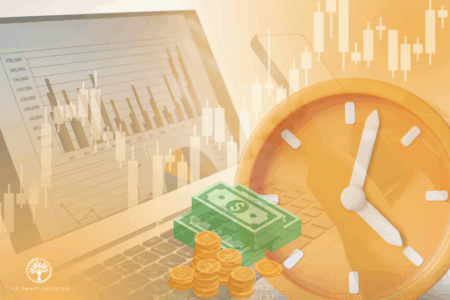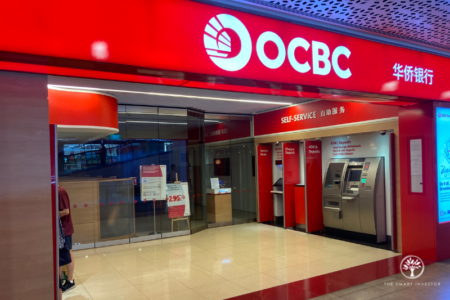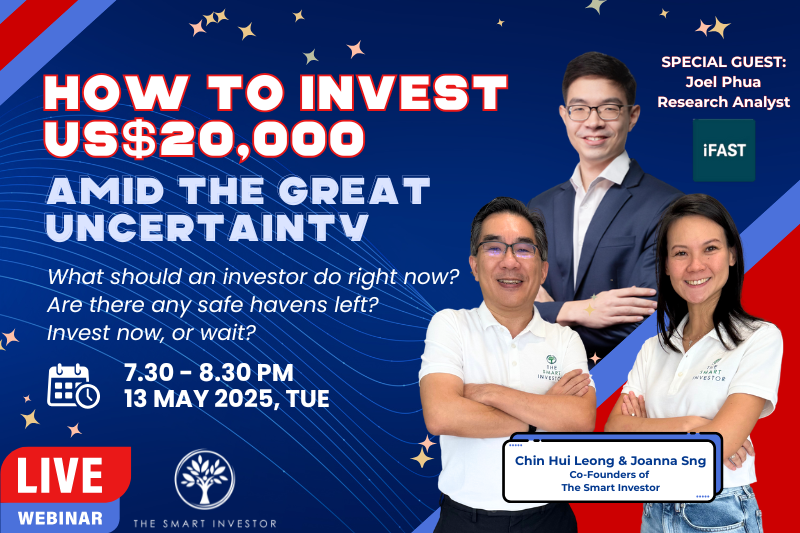In 1911, two parties were in a race to be the first explorers to reach the South Pole.
The 1,400-mile round trip was treacherous, filled with uncertainty and unforgiving, sub-zero temperatures.
At a pivotal moment, the group led by Roald Amundsen found themselves 45 miles away from its destination but with no idea of the other party’s whereabouts.
With the target within sight, Amundsen faced a tempting choice: should he speed up the progress of his team, which had been travelling between 15 and 20 miles a day?
In the end, he chose to stay the course, clocking 17 miles for that day.
By maintaining their discipline, Amundsen’s team won the race in the end while the other team perished from exhaustion.
There is a lesson in this story for today’s investors.
A stock portfolio left in tatters
Like Amundsen’s team, keeping a steady pace of investing requires discipline.
Here’s the thing: after three years of tumultuous events, it’s understandable if you are feeling flustered.
Things once thought to be impossible have occurred.
The Singapore-Malaysia causeway, once filled with scores of people, was instantly deserted when lockdowns were imposed.
Airports went from handling millions of visitors to becoming ghost towns within weeks, and are only starting to welcome travellers to our shores less than a year ago.
Likewise, we have gone from traffic emptying out of shopping malls and restaurants to filling them back again.
In the background, the S&P 500, a bellwether for the US stock market, has whipsawed from delivering a bullish return of 48% between 2020 and 2021 only to surrender more than 60% of these gains a year later.
Amid these drastic swings, keeping a level head is harder than it looks.
Especially if your conviction in the stocks you own starts to waver and you start wondering why you bought them in the first place.
Resetting the investing board
At this critical juncture, an insightful tactic from former hedge fund manager Michael Steinhardt can help.
You see, whenever Steinhardt found himself out of step between his convictions and his stock holdings, he concluded that he would be better off with a clean slate.
In one swoop, he would liquidate all his stocks and free himself of all his “wishy-washy” positions.
It’s an introspective way to review your portfolio.
By thinking through — but not necessarily doing — what Steinhardt suggests, we can free ourselves from our past decisions and errors.
Imagine if you were starting with all cash today, the key questions you should ask yourself are:
- Will you buy the same stocks, in the same amounts, as you had before? If not, why?
- What are your highest-conviction stocks and have you previously invested appropriately to match your conviction?
- If you find your portfolio overweight on low-conviction stocks, ask yourself what led to this situation? Once you have identified the error, what guide rails should you put in place to prevent it from happening again?
There is no shame in admitting to mistakes made, especially when it involves a pandemic that few, if any, have ever experienced.
More importantly, we can move on with a clearer idea on what to do next.
With fresh eyes, we view the stock market as if we are looking at it for the first time.
As you think about how you will rebuild your portfolio from the ground up, ask yourself:
- What are your highest-conviction stocks today?
- How would you allocate your cash, if you started again, to match your convictions?
- Should you keep some cash on the sidelines for future opportunities? If so, how much?
The best part is this simple mental exercise is within anyone’s reach.
What this thought process delivers are useful insights on past errors in judgement; in the process, helping you focus and clarify on what you need to do next.
A penny for your thoughts
As you move forward, putting your thoughts on paper can help you focus.
When you have to articulate in words why you bought a stock, any fuzziness in your thinking is instantly exposed, informing you on where you need to achieve greater clarity.
This simple process can help you identify what you are clear on and where you need to improve.
Beyond this purpose, the act of documentation serves an important role when it comes to reviewing your past actions.
According to award-winning author Morgan Housel, false memories are more common than you think, especially when they involve emotional events (think: pandemic).
In short, without documenting your thoughts along the way, you are prone to misremembering the sequence of events that led to your investing actions.
This phenomenon can be detrimental if you wish to learn from your past errors.
What more, having an accurate description of your thoughts after experiencing the past three years is worth far more than a penny.
Without it, you may learn the wrong lessons — or worse, keep repeating them.
Process versus outcomes
Great investors are characterised by their ability to learn from the past and to apply these lessons in the future.
To learn the right lessons, there are two factors to consider.
First, we have to allow sufficient time for the underlying business to show us what it can do, preferably over a period of three years or more. Judging a company solely based on its performance in 2020 or 2022 alone would be a mistake.
Next, consider whether you have the right investment process to generate the outcomes you desire.
The second factor comes into play here, courtesy of author Michael Mauboussin.
In his book “More than You Know”, Mauboussin homes in on a key difference between processes and outcomes.
Typically, good processes will lead to good outcomes. Likewise, it’s only fair that a bad process leads to an unfavourable outcome. Yet, there are times when your process is sound but the end result is not what you desired, as shown in the enclosed diagram.
| Good outcome | Bad outcome | |
| Good process | Deserved Success | Bad Break |
| Bad process | Dumb Luck | Poetic Justice |
Source: Derived from Michael Moubaussin’s book, More than You Know
This scenario, while less common, could be more prevalent amid the turbulent market conditions since 2020.
As such, as investors, we need to carefully consider whether our successes and failures are a result of a good process, or a poor one.
The focus, of course, should be on creating a better process. In the long run, the right framework will serve you far better than simply hoping for good outcomes.
Get Smart: Common Wins, Uncommon Discipline
Investing in the stock market is not just about talent.
In Amudsen’s journey to the South Pole, he was not more creative, visionary or charismatic than others.
But what he had, instead, was a keen understanding of what was in his control (his team’s strengths) and what he could not control (uncertain weather, unforgiving environment).
As investors, we will do well to understand our own limitations, especially after what we went through, post-pandemic.
By resetting the board and taking our past transgressions into consideration, we can set off again with the right mindset. After all, as Marcel Proust once said, the real voyage of discovery is not in seeking new landscapes but in having new eyes.
In my book, stocks are worth your time if you have the right investment framework and the perseverance to keep learning.
Note: An earlier version of this article appeared in The Business Times.
In our latest Special FREE Report, we cover the best performing stocks and blue chips in the Singapore market in 2022. Look forward to 2023 as we cover the industries and sectors that are poised to do well in the year ahead. Click HERE to download for free now.
Follow us on Facebook and Telegram for the latest investing news and analyses!
Disclosure: Chin Hui Leong does not own any of the stocks mentioned.




